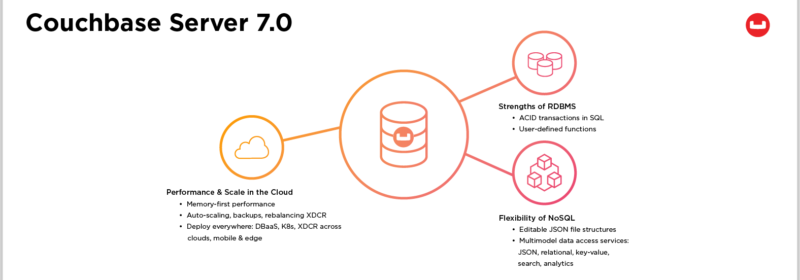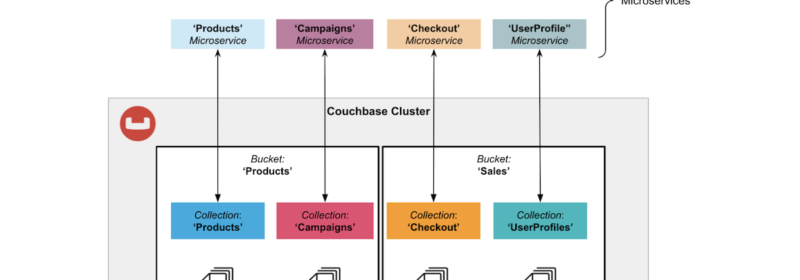Category: Backup

Data Migration: Strategy, Best Practices & Tools
Learn about types of data migration, best practices, tools, and pitfalls to avoid to create an effective data migration strategy.

Couchbase as a Persistent System of Records – Storage Considerations
Discover these key persistent storage infrastructure considerations because a solution can greatly impact your applications. Learn more with Couchbase today.

Flexible and Resilient Data Protection with Couchbase Server 7.1
Couchbase 7.1 adds flexibility for direct data protection backups to GCP cloud storage and a new restore resume option for cbbackupmgr, plus more.

So Long, Manual Backup & Restore: Introducing the Couchbase Backup Service
Say goodbye to clunky, manual database backups and say hello to automated backups (and restores) with the new Backup Service in Couchbase Server 7.0.

How to Migrate to Scopes & Collections in Couchbase 7.0
This blog post goes into detail about how you can plan your migration from an older Couchbase version to using Scopes and Collections in Couchbase 7.0.

How Scopes & Collections Simplify Multi-Tenant App Deployments on Couchbase
Build and deploy microservices and multi-tenant applications on Couchbase. The 7.0 release introduces the Scopes and Collections data organization feature.

Announcing Couchbase Server 7.0
Discover how Couchbase Server 7.0 delivers the strengths of RDBMS and the flexibility of NoSQL for enterprise applications built for bottom-line results.

4 Patterns for Microservices Architecture in Couchbase
This post focuses on microservice architecture data management and how Couchbase provides low latency, resilience, and scalability for your data layer.

3 Reasons Customers Turn from MongoDB to Couchbase
Couchbase talks to enterprise customers about why they made the switch from MongoDB. Get the 3 most common reasons for making the change to our database.

Couchbase Autonomous Operator vs MongoDB Enterprise Kubernetes Operator
Discover the key differences between the Kubernetes Operators offered by Couchbase and MongoDB respectively – and which one best fits your enterprise needs.

Cloud Storage Backups with Couchbase (AWS S3 Object Stores)
Take a look at how quickly you can use the cloud backup data to AWS S3 using the Couchbase command-line tool cbbackupmgr (Couchbase 6.6+ is required).

How to Backup Couchbase: A Quick Start Guide
Get an overview of how-to backup both Couchbase Community and Enterprise editions on Ubuntu and a basic Couchbase backup and restore strategy.
Top Posts
- Couchbase Mobile Delivers Major Advancements for Building Offline...
- Data Modeling Explained: Conceptual, Physical, Logical
- Data Analysis Methods: Qualitative vs. Quantitative Techniques
- What are Embedding Models? An Overview
- What Is Data Analysis? Types, Methods, and Tools for Research
- Couchbase 8.0: Unified Data Platform for Hyperscale AI Applicatio...
- Application Development Life Cycle (Phases and Management Models)
- What are Vector Embeddings?
- High Availability Architecture: Requirements & Best Practice...